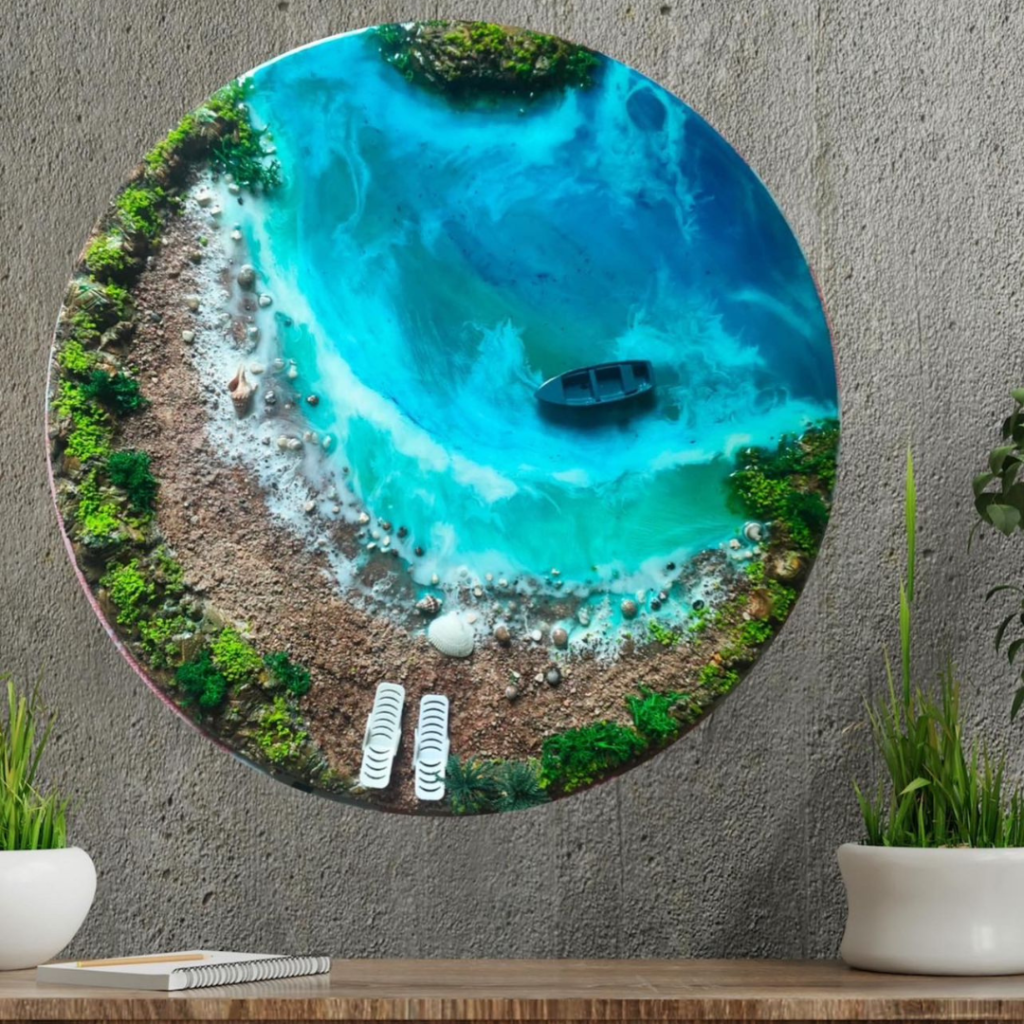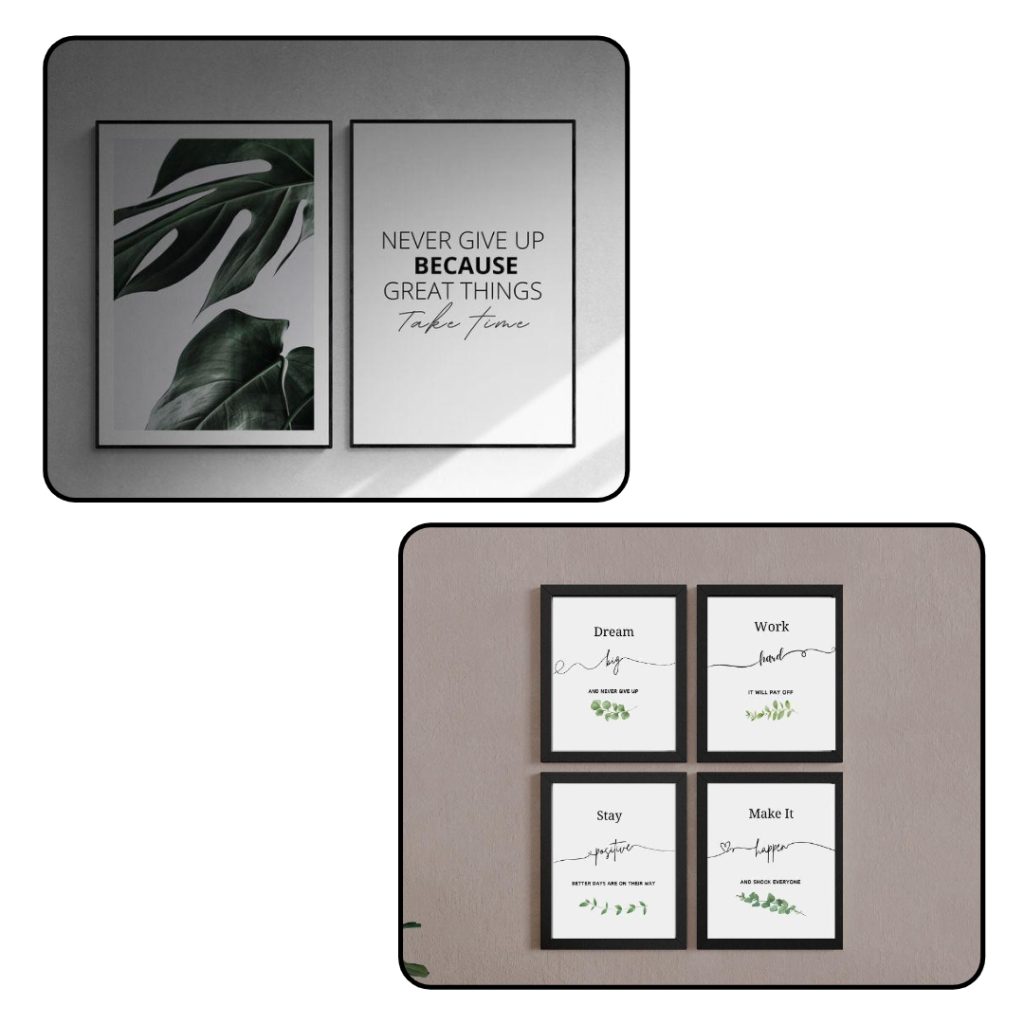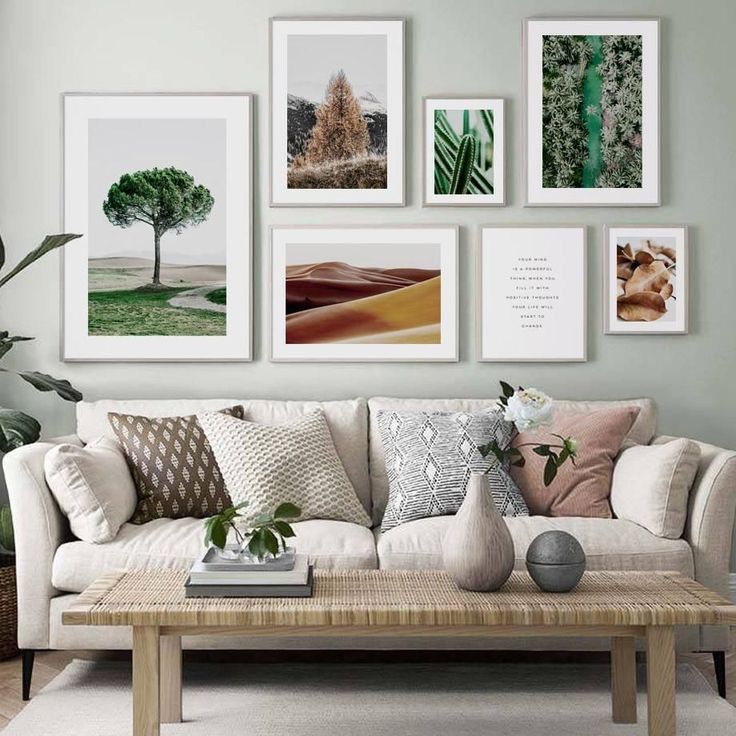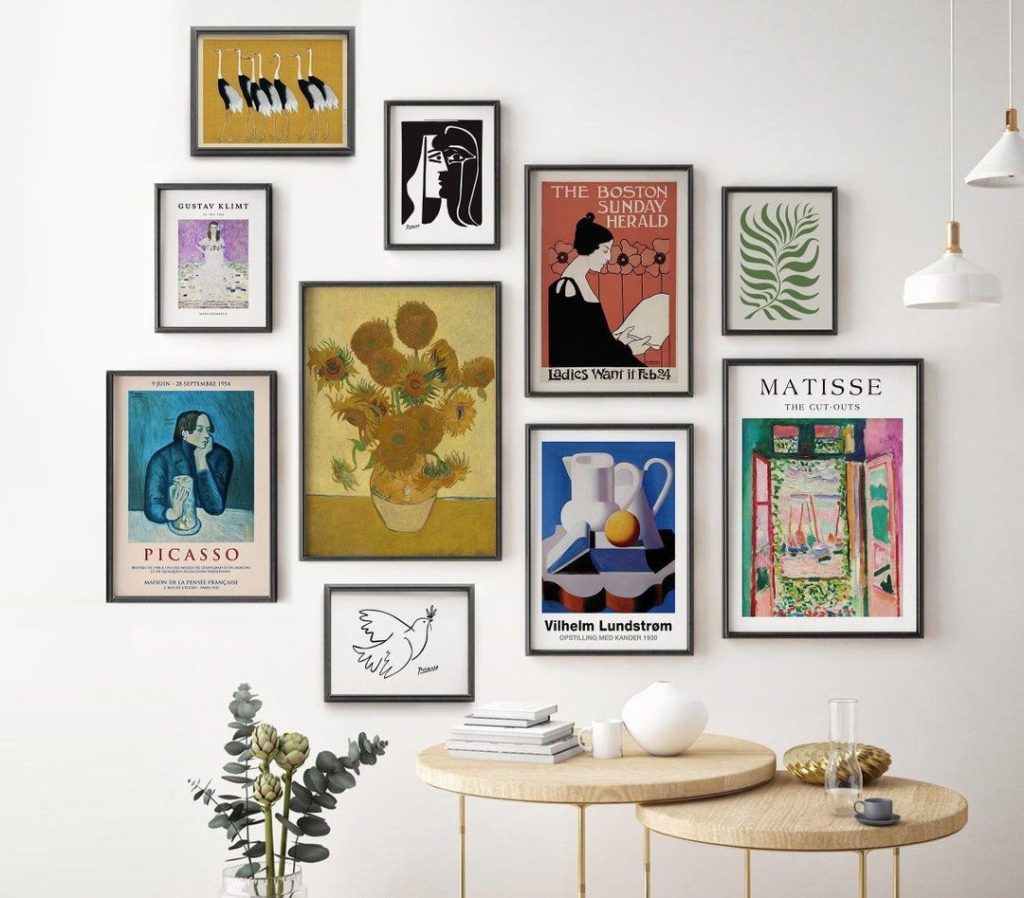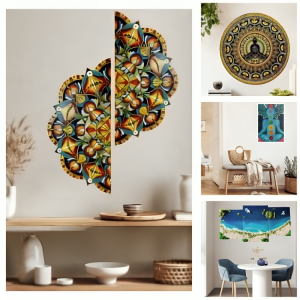In the world of luxurious home decor, art may change rooms, arouse feelings, and create a peaceful atmosphere. Ranggat’s stunning resin ocean painting, “Whisper of the Shore,” perfectly captures the peaceful vibe of the coastline and is the ideal focal point for contemporary interior design.
The Essence of Whisper of the Shore
The work of art Whisper of the Shore, which combines the rich textures of natural elements with the fluidity of resin, was meticulously and passionately crafted. Through the creation of an immersive visual experience that calms the soul, this artwork brings the charm of the sea indoors. It is the perfect complement to modern and seaside-themed rooms because of its deep blue tones, beautiful coastline details, and delicate waves that take viewers to a tranquil beach getaway.
Why Choose Resin Ocean Art?
Resin art is growing more and more popular in modern interior design because of its depth, durability, and glossy surface. In contrast to conventional paintings, resin ocean art offers a dynamic and lifelike effect while capturing the captivating movement of water. Every piece is meticulously handmade, guaranteeing that no two pieces are alike and giving your décor a sense of exclusivity.
Perfect for Modern Interiors
Whisper of the Shore adds a calming and elegant touch to any area, whether it is placed in a living room, bedroom, office, or luxurious hotel suite. The piece is an ideal choice for both homeowners and interior designers because it looks great with neutral color schemes, minimalist decor, and organic materials like stone and wood.
The Ranggat Signature
Ranggat is famous for its exquisite artwork that combines superior craftsmanship with creative ideas. Ranggat, which was founded by artist Suruchi Purwar, is a live example of “art from the soul,” producing classic works that uplift and inspire interior design. Every piece of art is meticulously created to infuse contemporary spaces with harmony, elegance, and artistic brilliance.
Elevate Your Space with Whisper of the Shore
Whisper of the Shore is essential if you want to bring the tranquil beauty of the ocean into your house. It offers a feeling of calm and relaxation in addition to being a beautiful focal point that reflects the calmness of nature.

